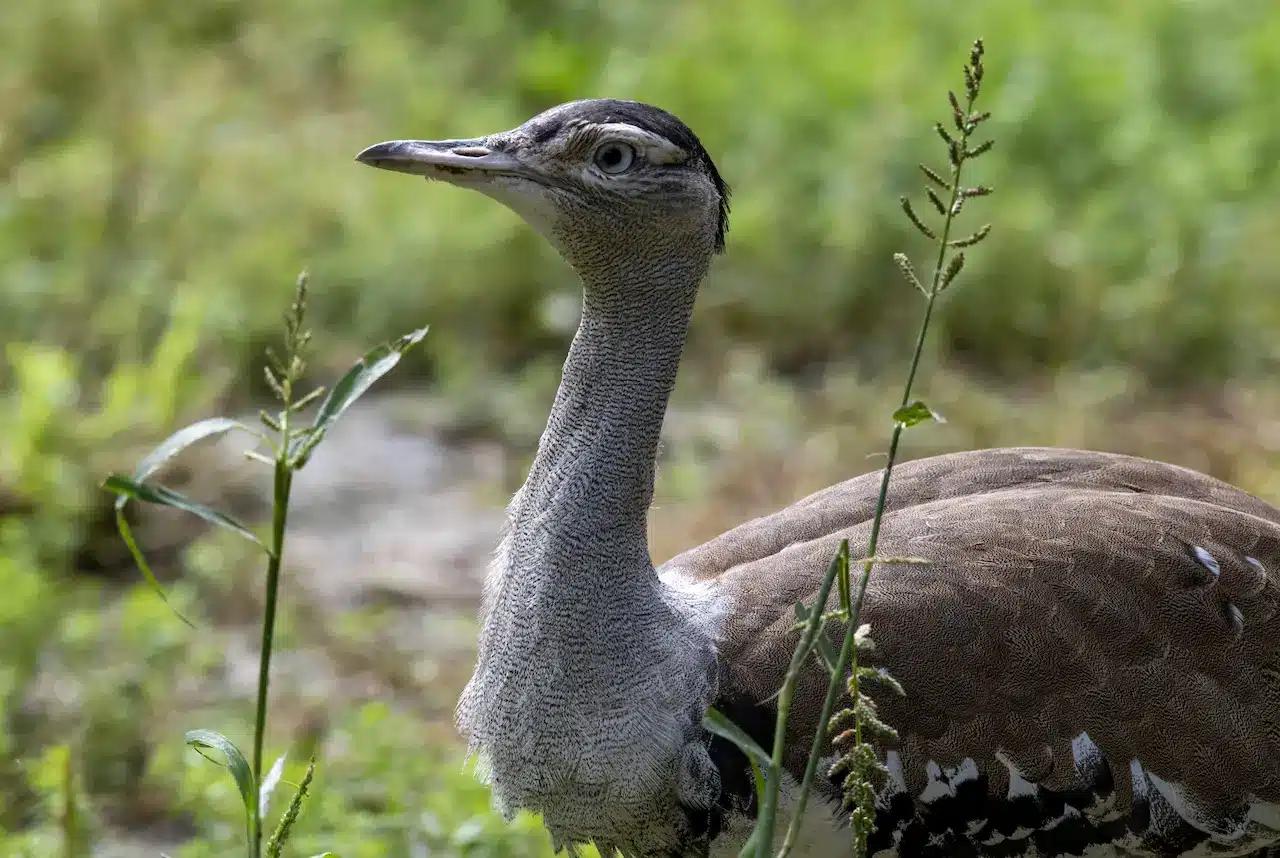Poleward and Upslope Range Shifts of Temperate Species
- As the planet warms, species are forced to adapt by shifting their ranges to cooler areas.
- This often means moving toward the poles or upslope in mountainous regions.
Range shift
A range shift refers to the movement of a species’ habitat in response to environmental changes, such as climate warming.
Why Do Species Move?
- Temperature Sensitivity: Many species have narrow temperature tolerances. As temperatures rise, their current habitats become unsuitable.
- Habitat Availability: Cooler areas at higher latitudes or elevations provide refuge.
- Resource Dependency: Changes in temperature affect food availability, breeding sites, and other critical resources.
- It’s a common misconception that all species can simply move higher or farther to escape warming.
- Many species, like those at the top of mountains, have nowhere else to go, making them highly vulnerable to extinction.
Tropical Montane Bird Species in New Guinea
- Tropical montane birds in New Guinea are shifting their ranges upslope as temperatures rise in their current lowland habitats.
- These birds, which once thrived in lower-elevation tropical forests, are now migrating to cooler, higher elevations, where the temperature is more favorable.
- Upslope shifts may cause crowding at higher elevations and limit available habitats, leading to competition among species and potential extinction risks for those unable to adapt or migrate.

Birds like the New Guinea robin and the black-capped mannikin have been observed moving to higher altitudes in the central mountain ranges of New Guinea, in response to temperature increases in their native lowlands.
Range Shifts in North American Trees
- In North America, warming temperatures have caused certain temperate tree species to shift northward and contract in the south.
- Trees like the red maple (Acer rubrum) and American beech (Fagus grandifolia), traditionally found in the southern parts of the continent, are now expanding their ranges northward as they adapt to warmer temperatures.
- As trees shift northward, forest composition may change, potentially affecting the ecological balance, including the species that depend on these trees for food and shelter.



